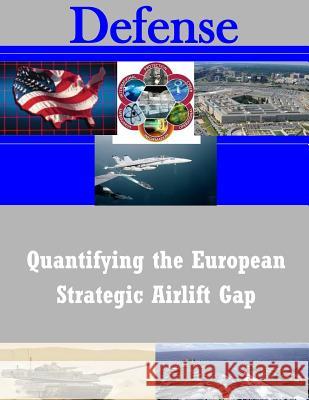Quantifying the European Strategic Airlift Gap » książka
Quantifying the European Strategic Airlift Gap
ISBN-13: 9781530557349 / Angielski / Miękka / 2016 / 110 str.
The identity, mission, and requirements of the North Atlantic Treaty Organization (NATO), have been evolving since the end of the Cold War. The pace of this evolution in mission sets has been increasing, and on a vector towards a more global and rapid expeditionary force responding to both conflict and humanitarian need. Strategic airlift is a core capability required by NATO nations if they are to carry out these endeavors across the globe. While the United States (U.S.), possess a tremendous strategic airlift capability, all other NATO nations suffer a severe gap in strategic airlift requirements and capacity. This study attempts to quantify the strategic airlift requirement for deploying NATO's forces and compare these requirements to both current and projected airlift capacity, excluding North American assets. Current and future airlift fleet capabilities are measured using both air campaign planning equations and the use of deterministic modeling. Scenarios used for this research are derived from past NATO and defense industry studies. NATO Rapid Response Forces and their deployment are the focus of all scenarios. The author concludes that a substantial airlift gap exists, yet projected aircraft procurement will meet future objectives.
Zawartość książki może nie spełniać oczekiwań – reklamacje nie obejmują treści, która mogła nie być redakcyjnie ani merytorycznie opracowana.











